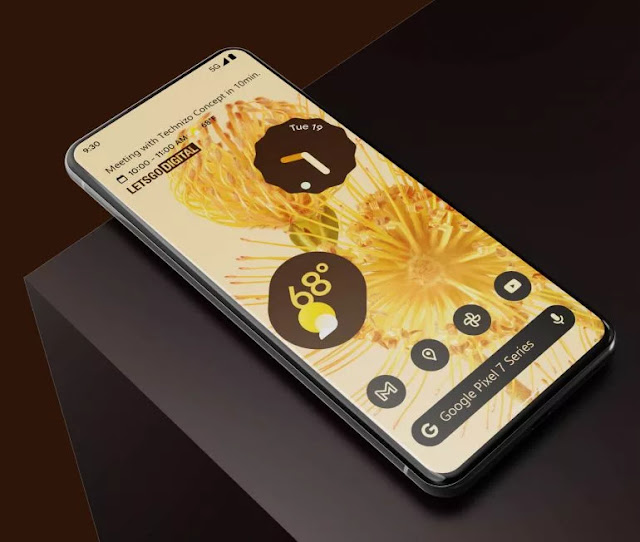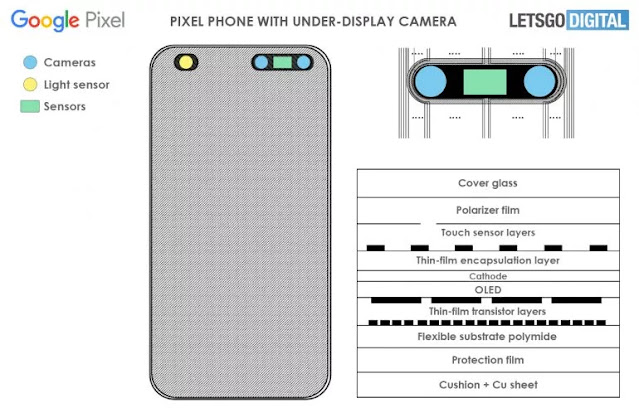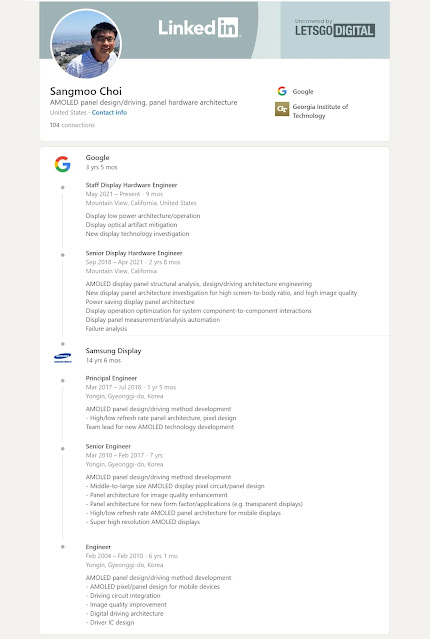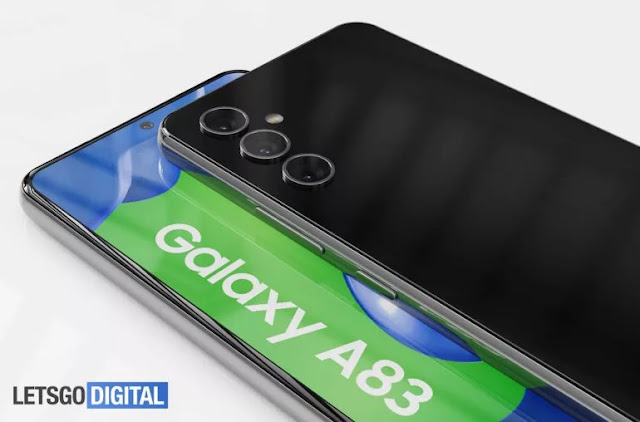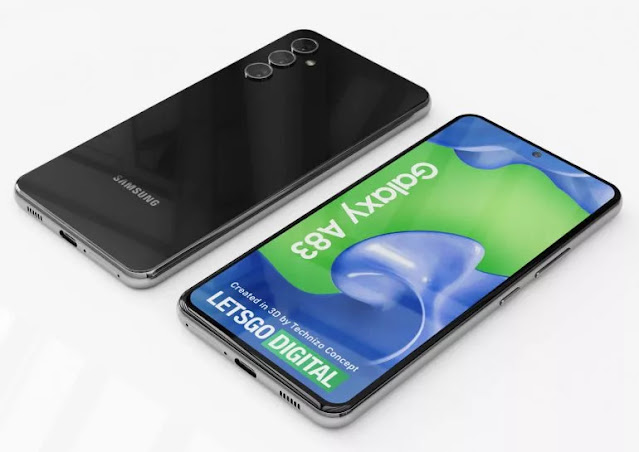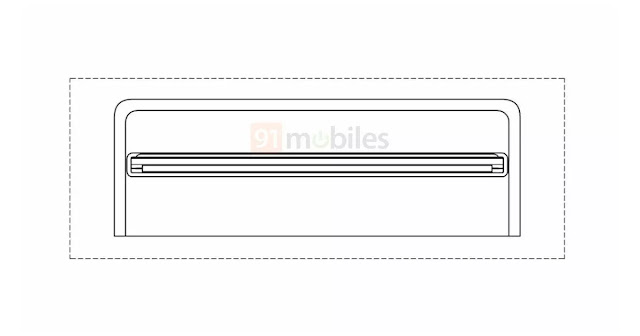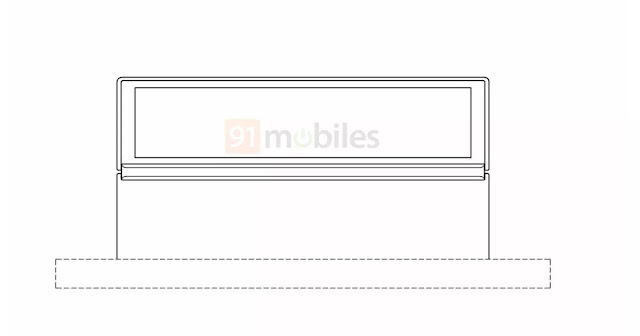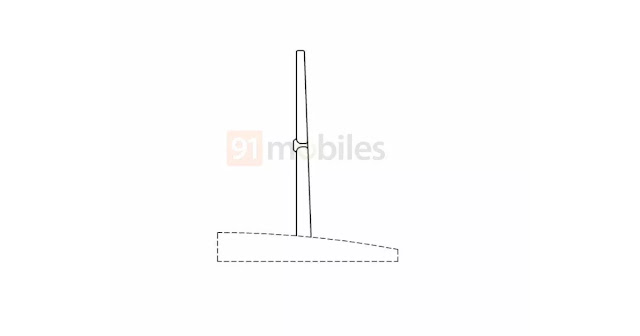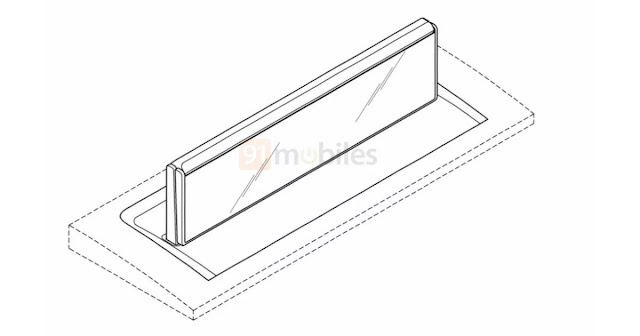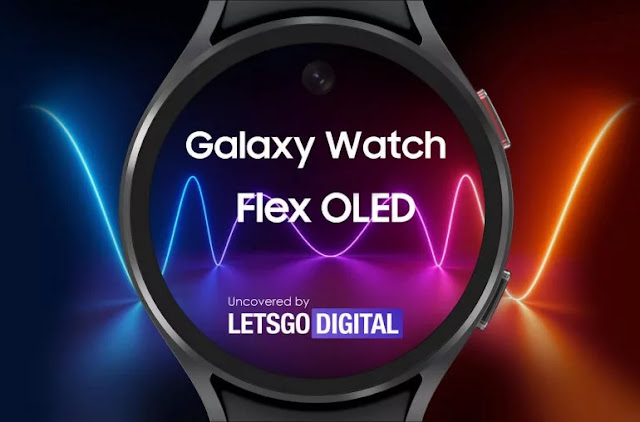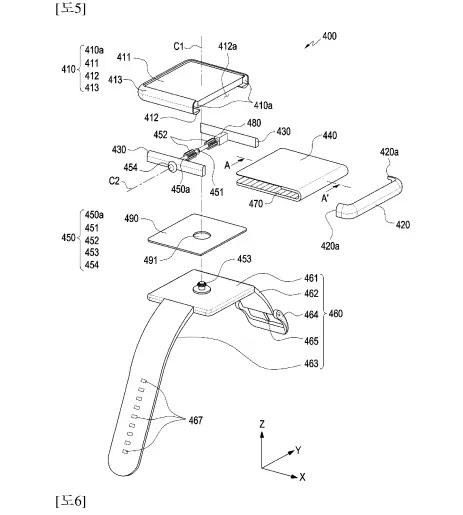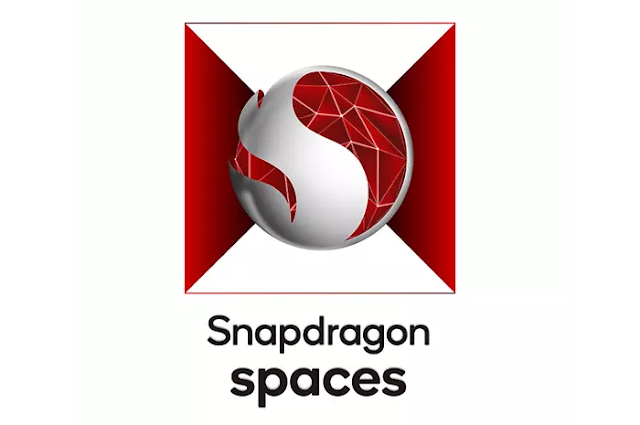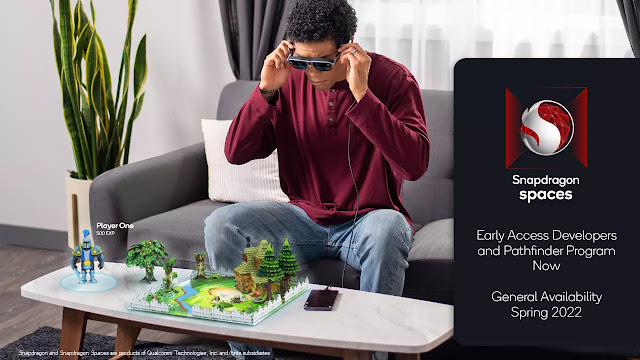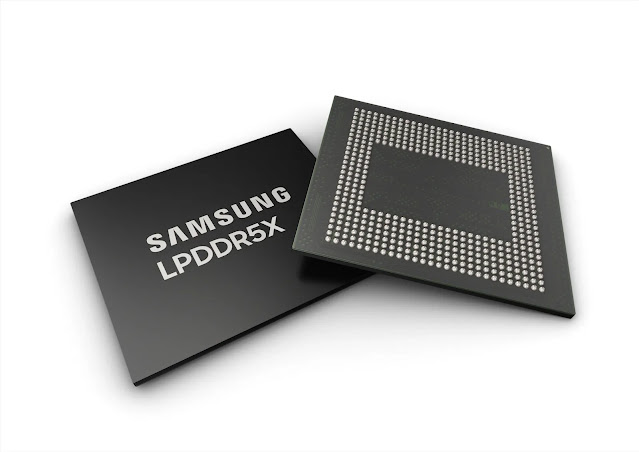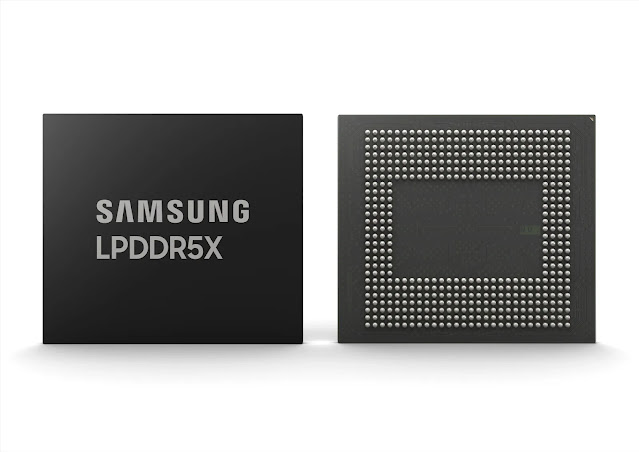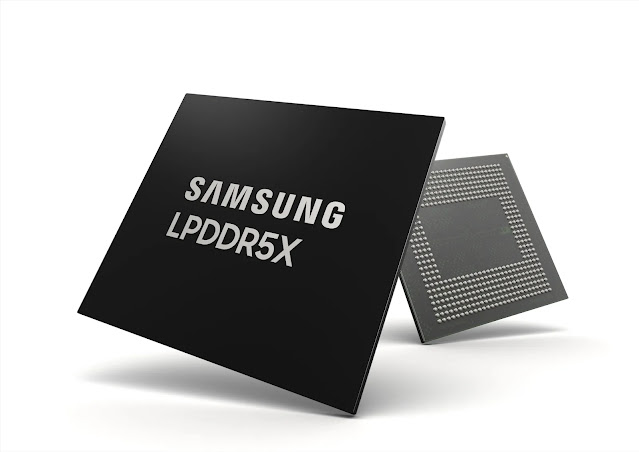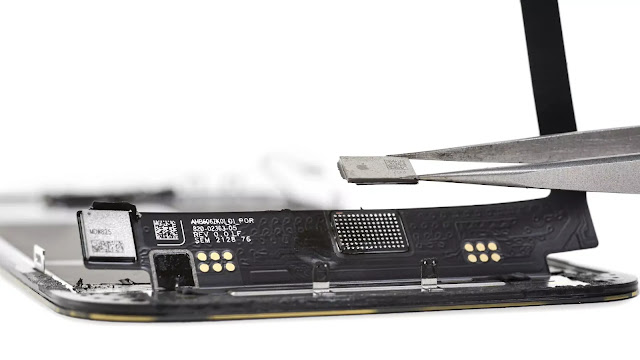At CES 2022, Samsung will unveil its smart projector.
Samsung Electronics has announced the release of The Freestyle, an all-new portable screen and entertainment device, ahead of CES 2022. Customers who want to take video and audio material with them wherever they go will appreciate the Freestyle’s first-of-its-kind technology and versatility in delivering ideal viewing and entertaining.
“Project Freestyle is a one-of-a-kind projector designed for extreme adaptability and flexibility to match the changing lifestyles of consumers,” said Simon Sung, Executive Vice President and Head of the Sales & Marketing Team of Samsung Electronics’ Visual Display Business. “Without the constraints of space and form factor, The Freestyle is a fun and adaptable product that users may use in any way they choose.”
Industry-leading technology enables the Freestyle to have complete auto keystone and auto levelling functions. The capabilities allow the gadget to automatically adapt its screen to any surface at any angle, ensuring that the display is always precisely proportioned. The Freestyle can also display a crystal-clear picture on any surface, at any angle, up to 100 inches away, thanks to the auto focus feature.
The Freestyle may be powered by external batteries1 that support USB-PD and 50W/20V output or higher, allowing users to carry it with them wherever they go, whether on the go, camping, or otherwise. Apart from compatibility with the typical wall plug option, the Freestyle is a pioneer in that it is the first portable screen that works when attached to a regular E262 light socket without the need for special wiring.
The Freestyle’s ambient mode and transparent lens cover provide mood lighting when it’s not being used as a projector to transmit content. The Freestyle is also a smart speaker that analyses music to create visual effects that may be projected on walls, floors, and other surfaces.
With built-in streaming services, mirroring and casting functions compatible with both Android and iOS mobile devices, the Freestyle delivers Smart TV functionality featured on Samsung Smart TVs. It’s the only portable projector in the industry to be approved by key OTT partners across the world, ensuring users get the finest video watching experience possible. It’s also the first projector with far-field voice control, allowing users to use the gadget hands-free while utilising their favourite voice assistants.
The Freestyle will be on display from January 5 to 7 at CES 2022, and will be available for pre-order on January 4 in the United States, with availability increasing to other worldwide markets in the coming months.



